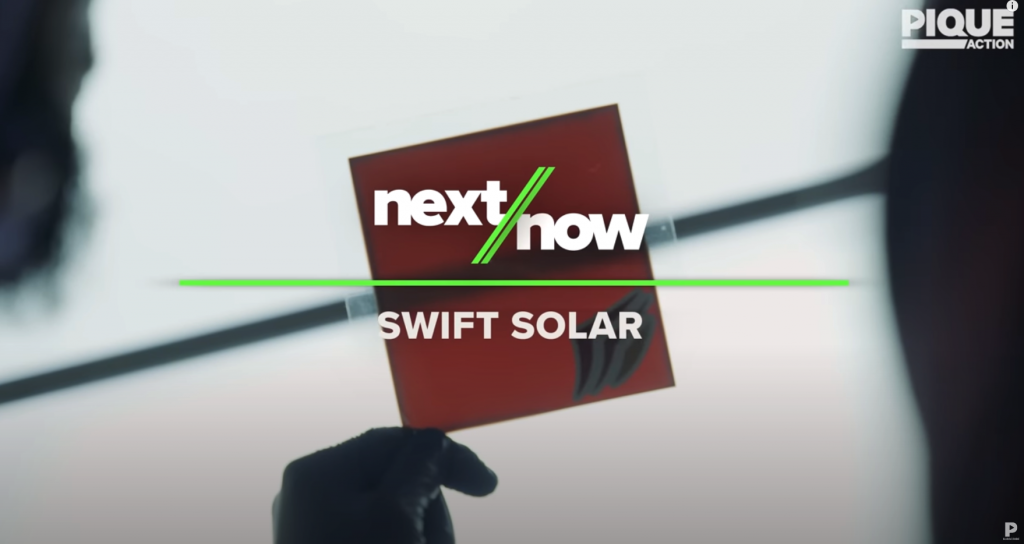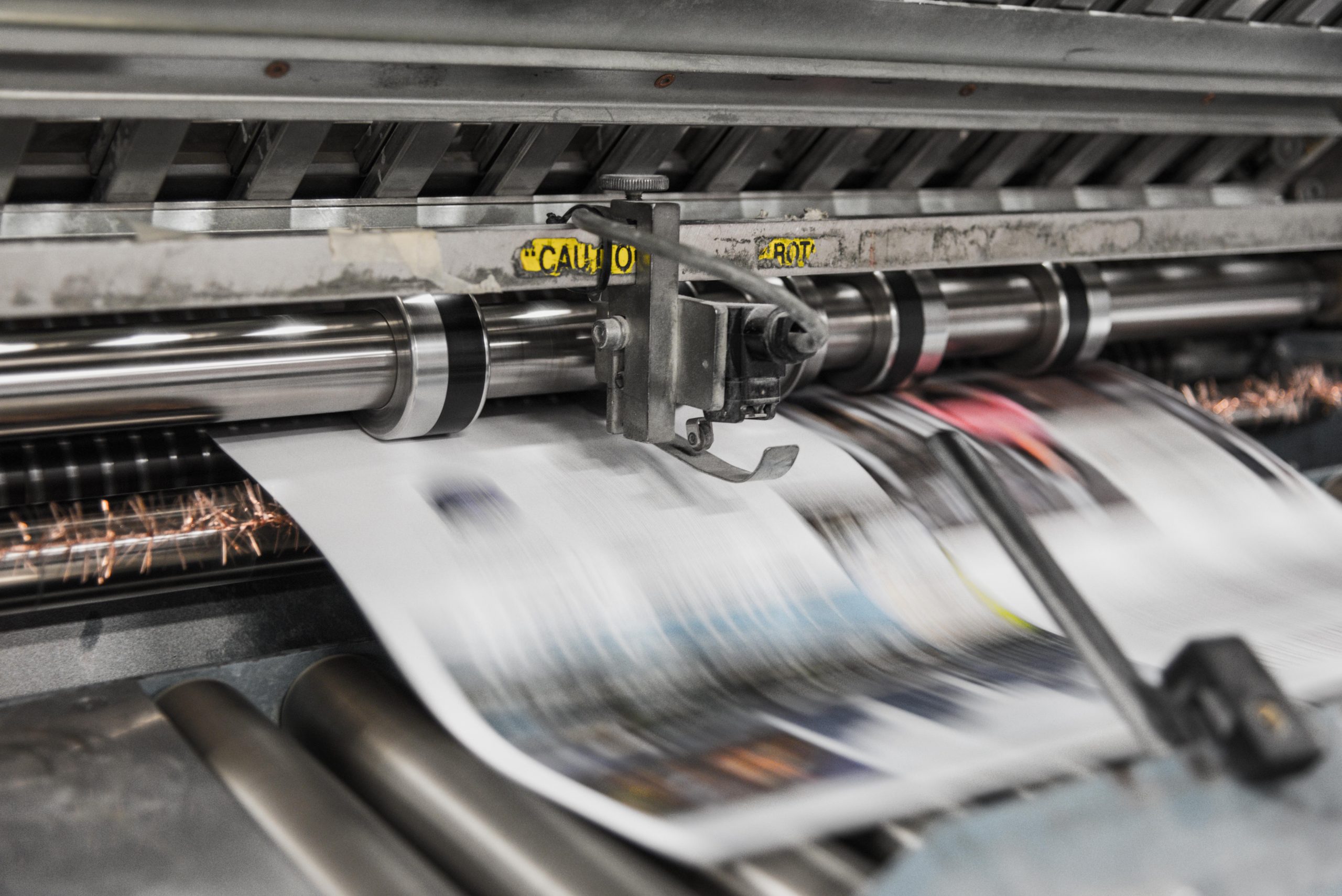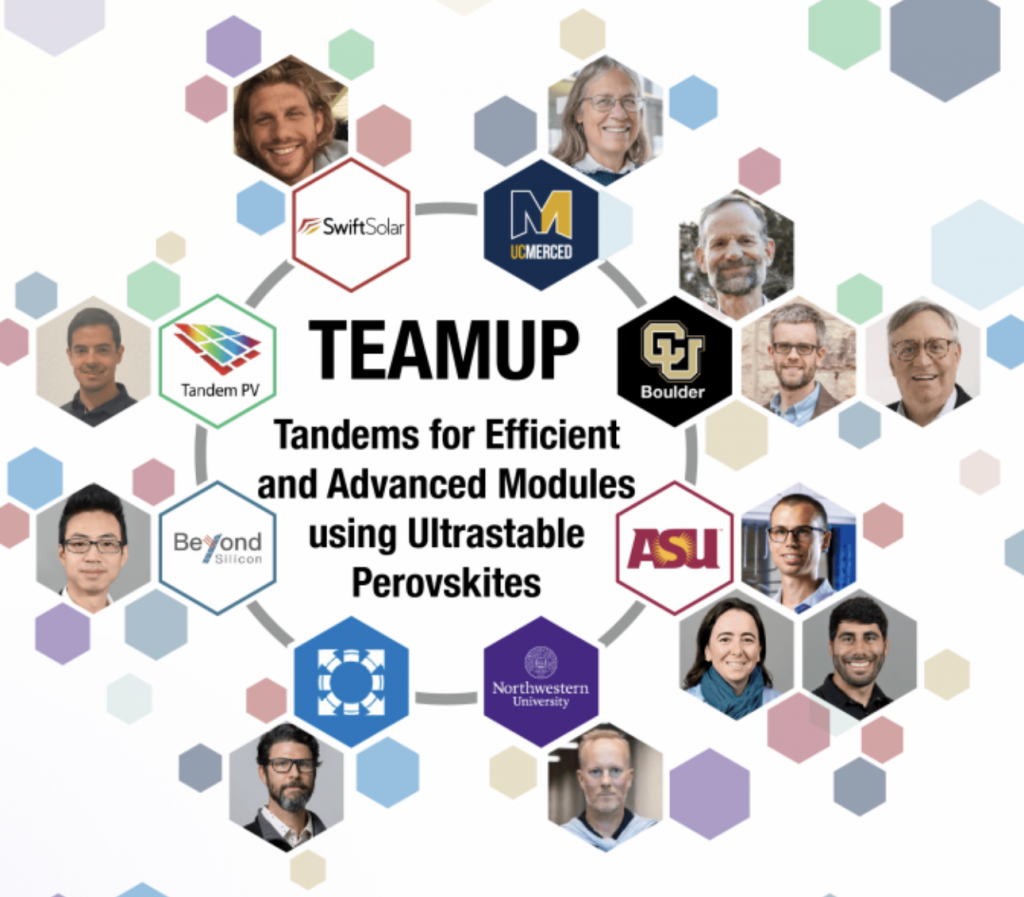Shading of just a few cells in a solar panel (module) can stop the entire module from working. These shading conditions can arise via cloud cover, tree or chimney shadows, or even bird poop. Depending on the cells’ material properties, they may be damaged due to a phenomenon known as reverse bias. Without light for a solar cell to absorb, no current is generated in the cell. But the rest of the module keeps producing current, which needs to get through the shaded cell. If it’s not generating current itself, it can be forced to ‘break down’ and allow the current through in the opposite voltage regime (‘reverse bias’) than normal operation. When this happens, the cell can become damaged permanently, hampering the module’s performance.
Reverse bias breakdown is well understood for industry-standard silicon solar panels. But little research has been done to understand and compensate for the behavior of next-generation perovskite solar cells under reverse bias conditions. Established solar technologies require the integration of an external bypass diode to prevent damage in shading conditions – the bypass diode gives the current being forced through a shaded cell an alternative, non-damaging pathway to flow through. The number of bypass diodes needed per module depends on the breakdown properties of a given solar cell and affects the total module cost. In fact, due to these constraints, some modules on the market today are not certified for use in conditions where shading can occur. The behavior of perovskite solar cells under reverse bias conditions is thus an extremely important yet poorly understood issue.
Last year Swift Solar was awarded a U.S. Department of Energy grant to understand and mitigate any issues arising from reverse bias in perovskite modules. In the first phase of this DOE grant project, we’ve worked closely with collaborators at the National Renewable Energy Lab (NREL) and Energy Materials Corporation to better understand the reverse-bias behavior of perovskite materials, and ultimately to engineer a low-cost solution to bypass diode integration. Our patented approach is to build bypass diodes right into the solar cell stack at the interconnect points. This solution is applicable to not just perovskite modules, but any thin-film, monolithically integrated module—or even to standard silicon modules.
While perovskite solar cells have shown excellent power conversion efficiency, to compete with established technologies they also have to demonstrate 25+ year module lifetimes. Module lifetime includes both cell-level and module-level stability considerations. Historically, stability has been seen as a weak point of perovskite solar cells, due to their possible degradation under atmospheric and operating conditions. Now, with technological advances over the last few years, the stability of individual perovskite solar cells is looking very promising. Therefore, we now need to turn to addressing module-level stability considerations – including the stability of encapsulation materials and cell connections, potential-induced degradation that can arise across a module, and behavior in real-life operational situations such as partial shading. With support from the DOE, we’ve nailed down the conditions that cause irreversible reverse-bias breakdown in a perovskite solar cell. We’ve learned that perovskite modules will likely need to employ bypass diodes to be considered shade-tolerant without undergoing damage. We find that a diode for every cell would be ideal from an electronic standpoint, although depending on how long the cell is shaded for, one diode every 2–4 cells may be adequate.
Based on the breakdown conditions determined, we are now engineering integrated bypass diode solutions that will aim to stop a shaded cell from experiencing damaging conditions that can cause permanent damage if forced into reverse bias. In the second part of this grant project, we aim to prove the functionality and scalability of integrated diodes and demonstrate their use to protect next-generation perovskite PV modules from shading damage. This work is a key component of Swift’s strategy to focus on all aspects of perovskite stability – from the cell to the full product. Watch this space!
Swift Solar acknowledges funding from the US Department of Energy under the project ‘Printed Interconnects with Integrated Bypass Diodes for Perovskite Modules’, Award #DE-EE0009517. The partners on this project are Swift Solar, the National Renewable Energy Lab, and Energy Materials Corporation.





About The Author: Giles Eperon
More posts by Giles Eperon